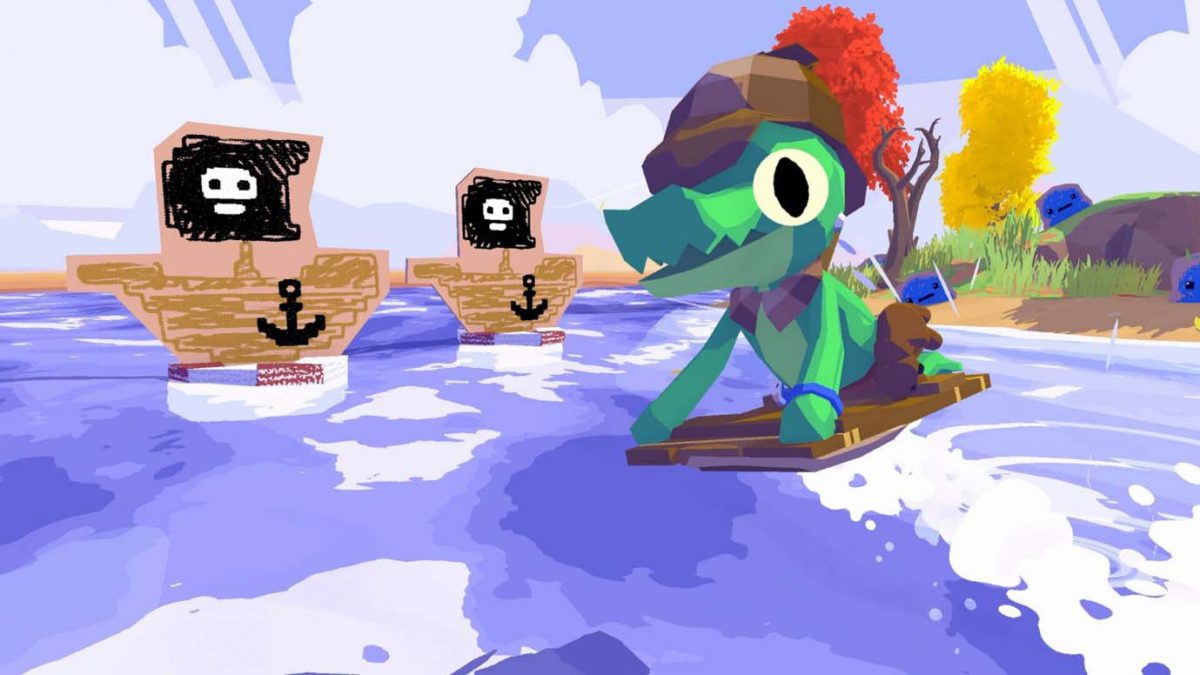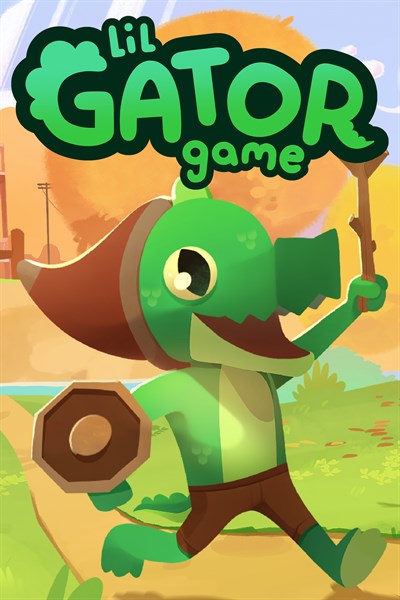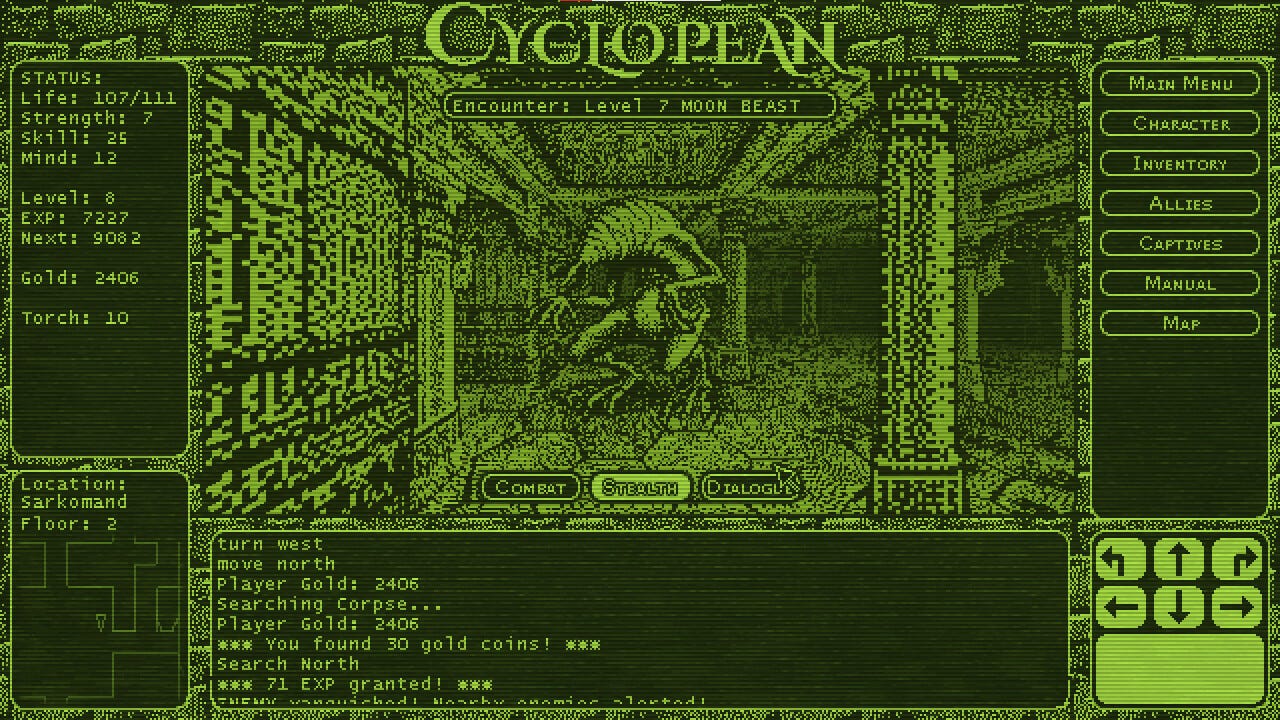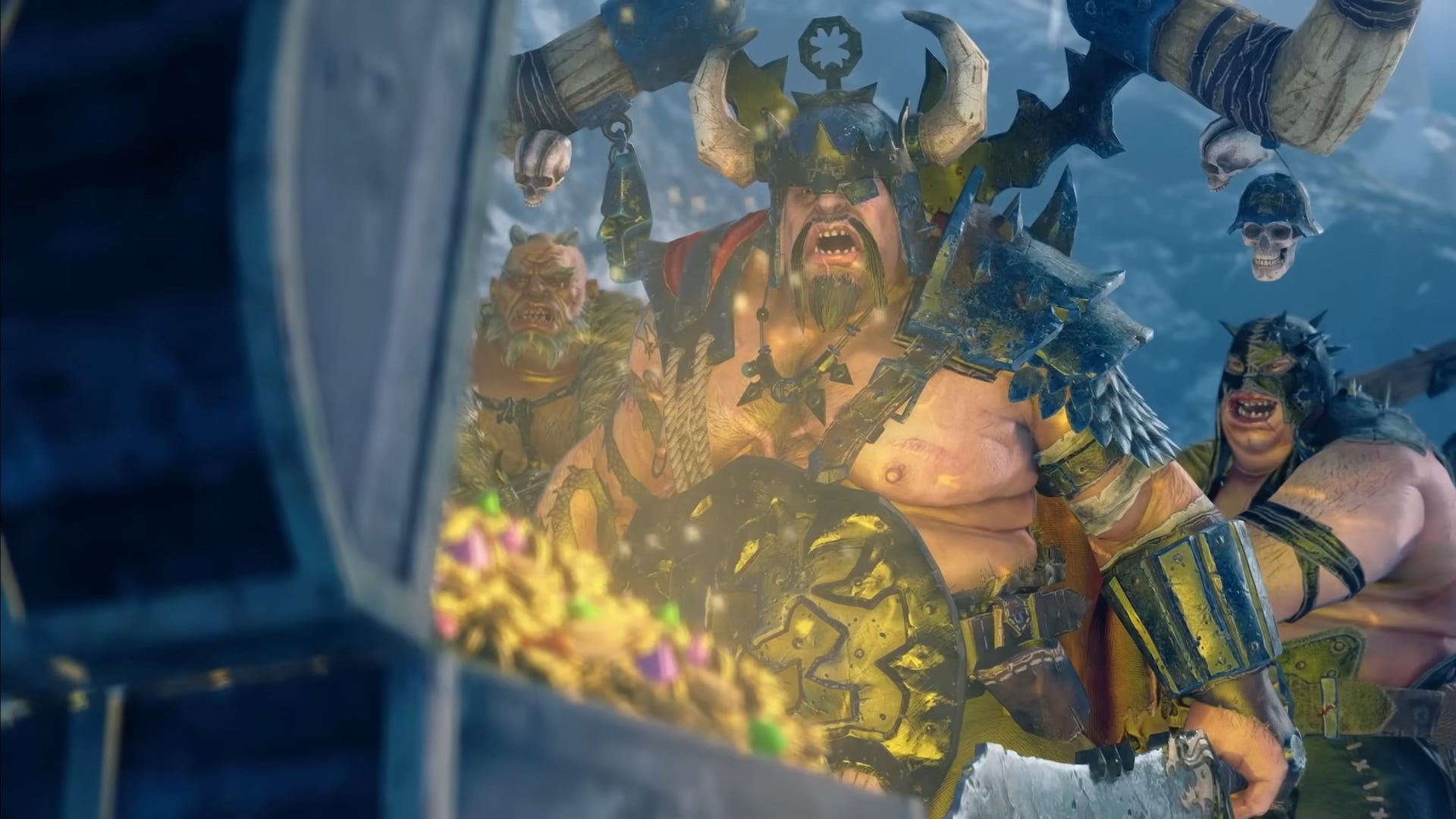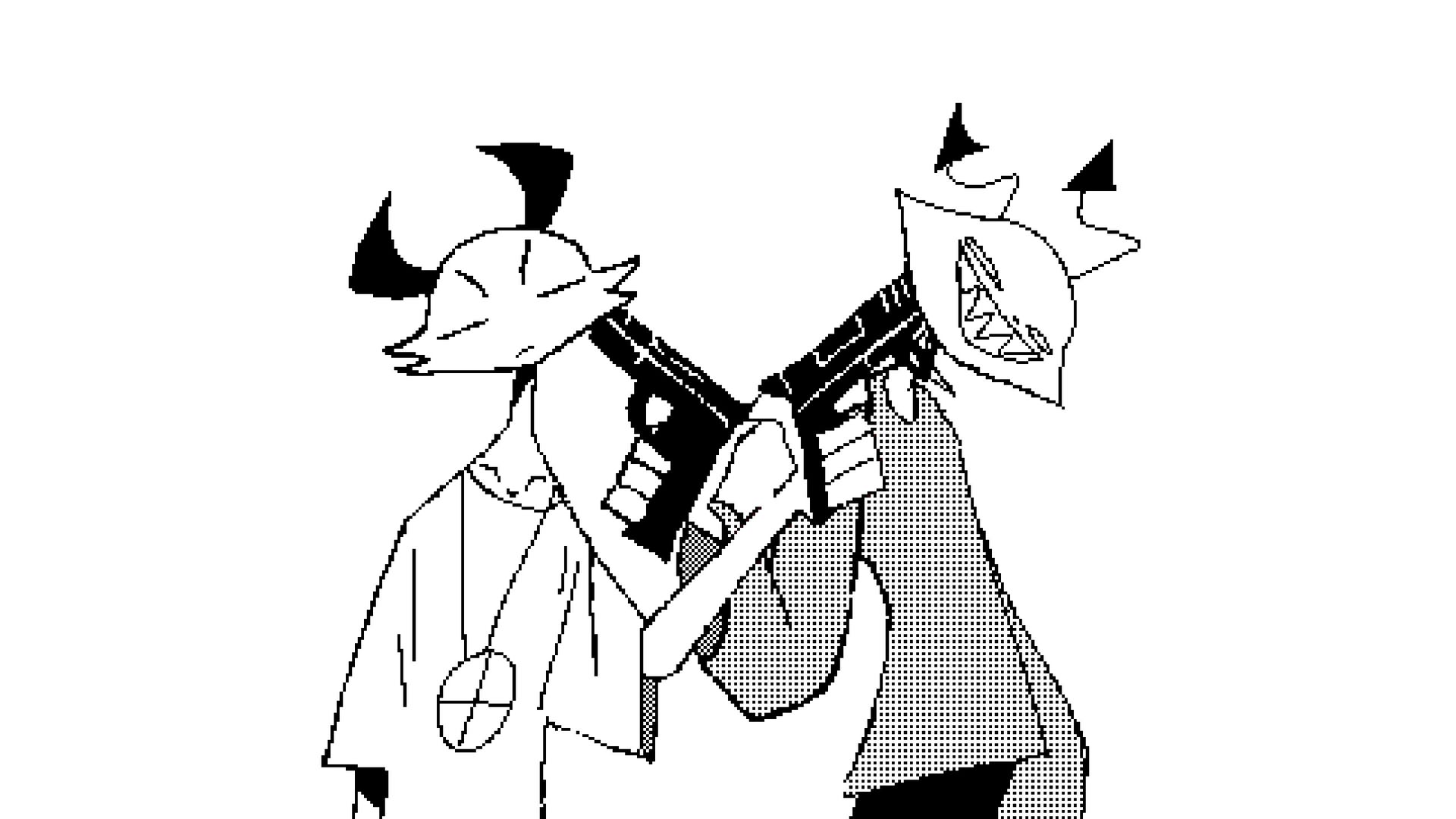Summary
- Lil Gator is getting an all-new game sized DLC.
- New characters, location and weapons.
- Huge thanks to our community check out Lil Gator Game with Game Pass Today.
About Lil Gator Game
Lil Gator Game is a charming, open-world adventure where you play as a young gator exploring a whimsical island filled with quirky characters and fun quests. Inspired by classic action-adventure games, the story revolves around Gator’s quest to convince his big sister, to relive their childhood adventures. With no combat pressure or health bars, it’s a relaxing experience that encourages playfulness and discovery in a world full of surprises and playful interactions.
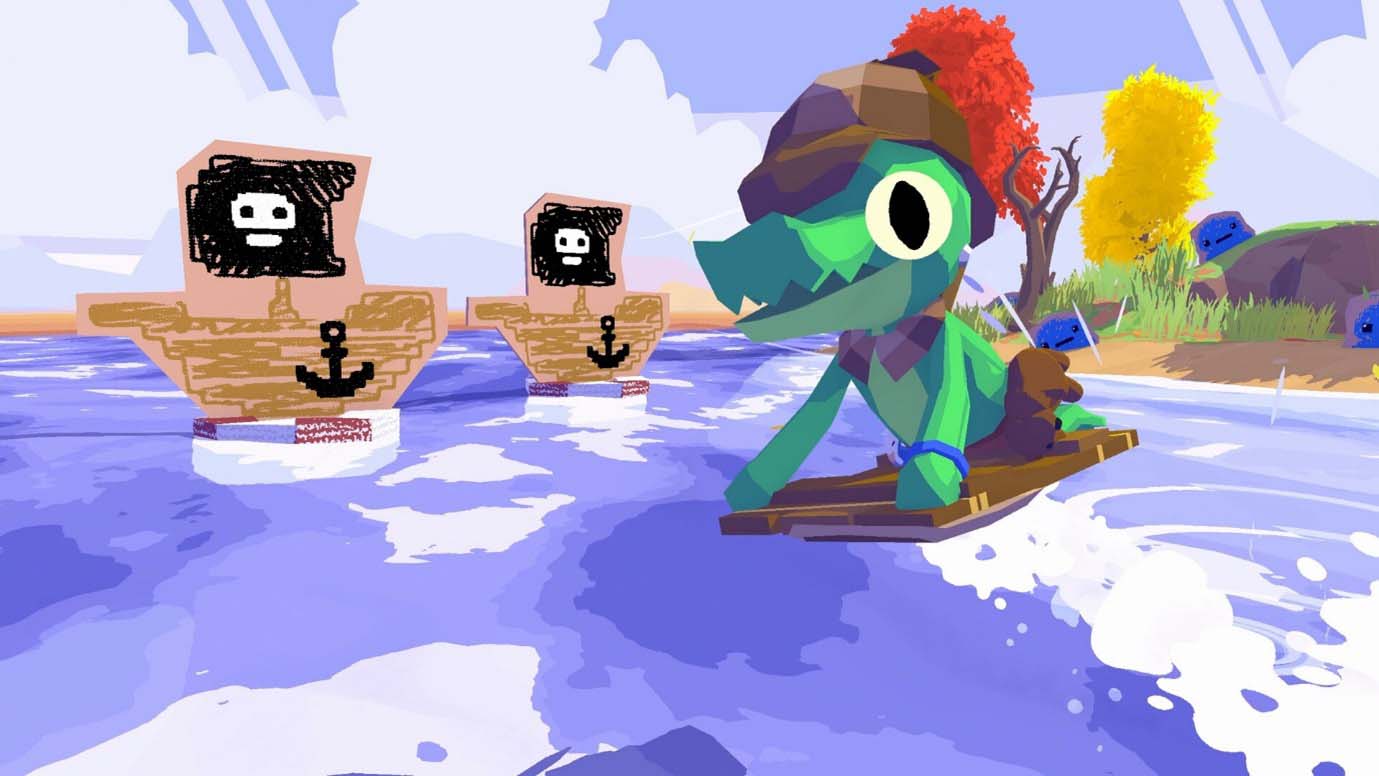
Lil Gator’s All New DLC
The team are beyond excited to give a sneak peek at something special in the works! A brand-new game sized expansion is coming to Lil Gator Game,. The In the Dark DLC is packed with everything you love—plus a whole lot more. This upcoming game sized expansion will offer an exciting new chapter in Gator’s journey, with a new underground location that’s brimming with charm, quirky characters, and new items to discover.
This DLC will bring all the joy and charm you’ve come to love from Lil Gator Game—with even more surprises waiting around every corner!
What Can you Expect?
Here’s a little of what you can expect in this new chapter of Lil Gator! Wander a beautiful cave network where glowsticks light your path and cozy tunnels host hidden nooks and crannies filled with cute critters, secret treasures, and places to relax and take in the peaceful atmosphere.
On your travels you’ll meet a bunch of new pals! But remember making new friends isn’t always easy, you just might need to complete a quest or two!
New to the DLC in a narrative twist, Lil Gator will take on some teenage troublemakers looking to disrupt the wholesome fun. Can Gator’s relentless optimism bring these angsty adolescents onside, and just who is their leader?
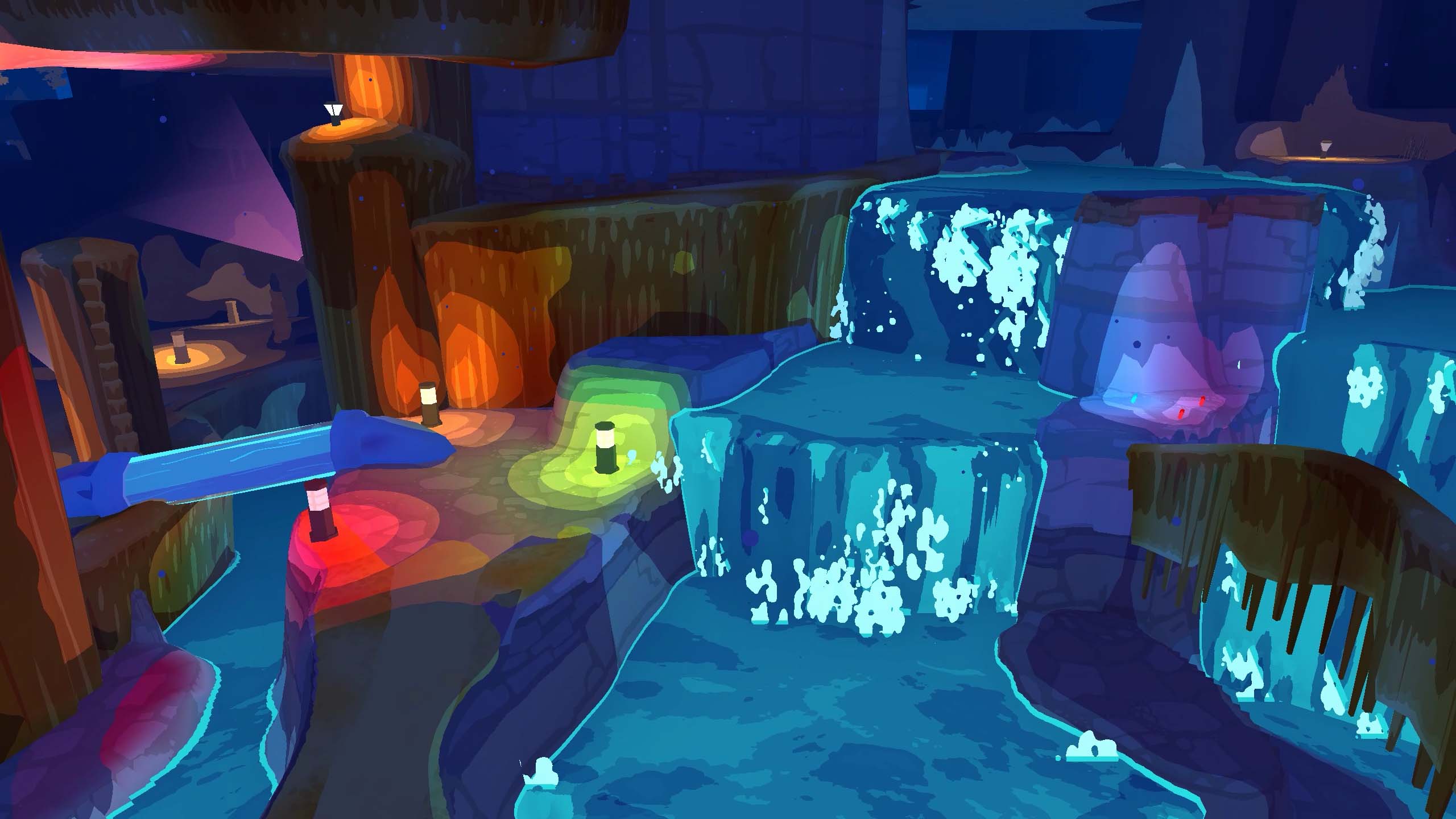
Thank you, So Much for your Support!
We want to say a massive thank you to everyone who has supported us on this journey. It is due to all the wonderful players that we are able to tell more of Gator’s Story!
2024 was an incredible year for Lil Gator Game! We were absolutely thrilled to join Game Pass back in April, and since then, so many of you have explored our whimsical world with Gator and friends, and for that, we’re truly grateful. Whether you’re a new player or you’ve been following the journey since day one, the support we’ve received has been nothing short of amazing.
If you haven’t had the chance to check out Gator yet, don’t worry! Lil Gator Game is still available with Game Pass we can’t wait to hear what you think!
Stay tuned for more exciting updates!
Megawobble and the Playtonic Friends Team! <3

Lil Gator Game
Playtonic Friends
$19.99
$15.99
There’s a buddy atop every hill in this open-world, movement-focused adventure and they all seem to need help! Bop cardboard baddies, brave serene hills and forests, and scale sheer rocks that only a kid would dare!
Joyful Exploration
Explore a lovingly crafted island full to the brim with areas to discover, friends to make and joy to be had. Each area of the island brings unique quests and characters to meet. Glide through the mountain tops and drop in on the Theatre Troupe kids, swing your stick sword through the forest with the Prep schoolers or find the ‘Cool Kids’ down in the Creaklands. With plenty more areas to discover, there’s no knowing who you might run into!
Make Friends
The world is big when you’re a lil gator… Good thing it’s also full of friends! Make new friends and invite them to play in the islands playground. Each new friend you make will add to your adventure, but making new friends isn’t always easy, You might have to complete a quest or two!
Crafty Customization
Collect arts & crafts supplies all over the island! Use them to make yourself all kinds of goodies and bring the playground to life! Craft new abilities – use your ragdoll teddy to ragdoll lil Gator from mountain top to the valleys below! Skim pebbles into hard-to-reach cardboard baddies!
Bop Baddies
A no-pressure adventure game! Lil Gator game focuses on adventure and play, don’t let a health bar hold you back from reaching your goal!
The post All New Lil Gator Game DLC – The World Just Got Bigger for This Lil Gator appeared first on Xbox Wire.

